Neuroscience

Neurotransmitter receptors function via various G-protein coupled and G-protein independent mechanisms that activate downstream intracellular signaling pathways such as cAMP/PKA, PI3K/AKT, phospholipase A2, and phospholipase C pathways. For instance, dopamine receptors act through adenylate cyclase to activate PKA and other signaling molecules, thereby mediate gene expression through the actions of CREB and other transcription factors. Other neurotransmitters such as NMDAR or AMPAR are associated with ion channels that control flux of Ca2+ and Na+, thus propagating the action potential across the post-synaptic neuron.
Dysfunctions in GABAergic/glutamatergic/serotonergic/dopaminergic pathways result in a broad range of neurological disorders such as chronic pain, neurodegenerative diseases, and insomnia, as well as mental disorders including schizophrenia, bipolar disorder, depression, and addiction.
-
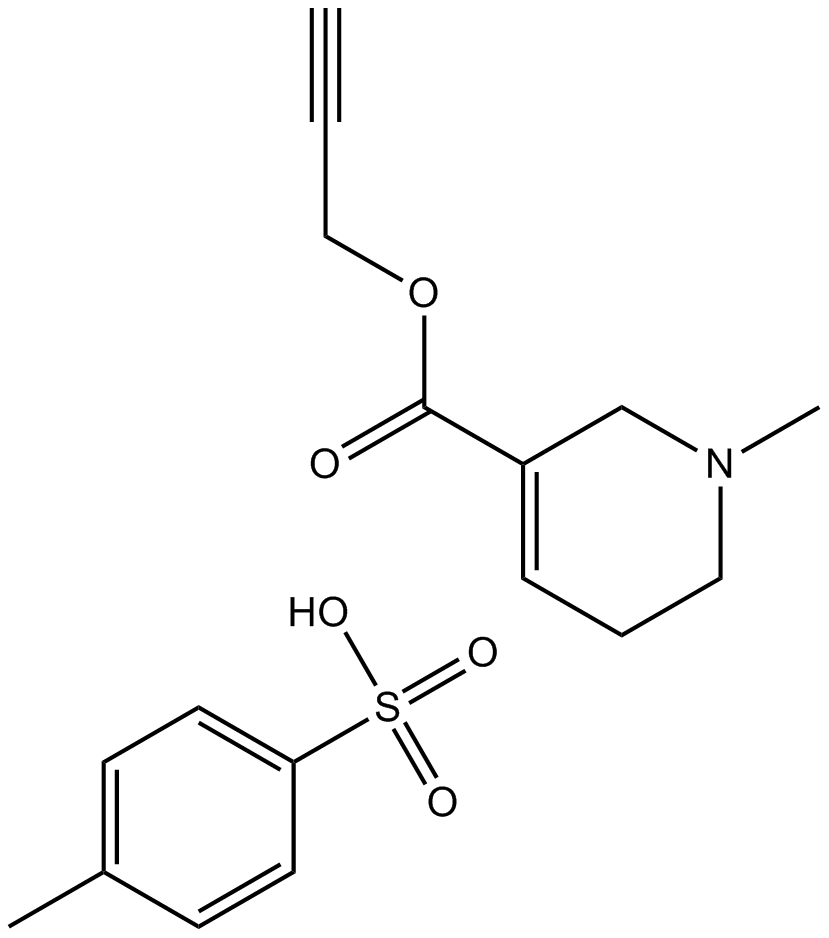 B6284 Arecaidine propargyl ester tosylateSummary: muscarinic receptor agonist
B6284 Arecaidine propargyl ester tosylateSummary: muscarinic receptor agonist -
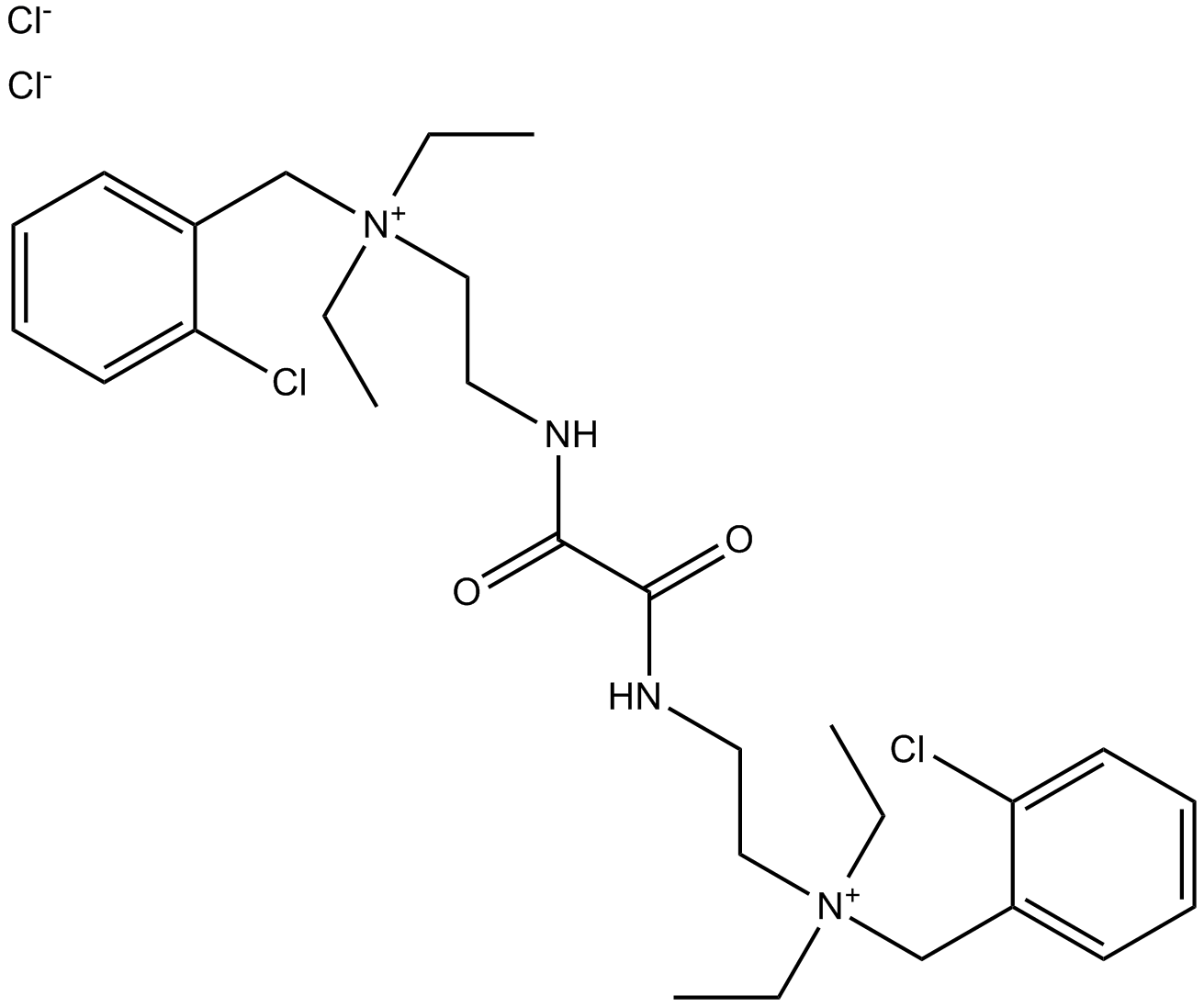 B6286 Ambenonium dichlorideSummary: AChE inhibitor
B6286 Ambenonium dichlorideSummary: AChE inhibitor -
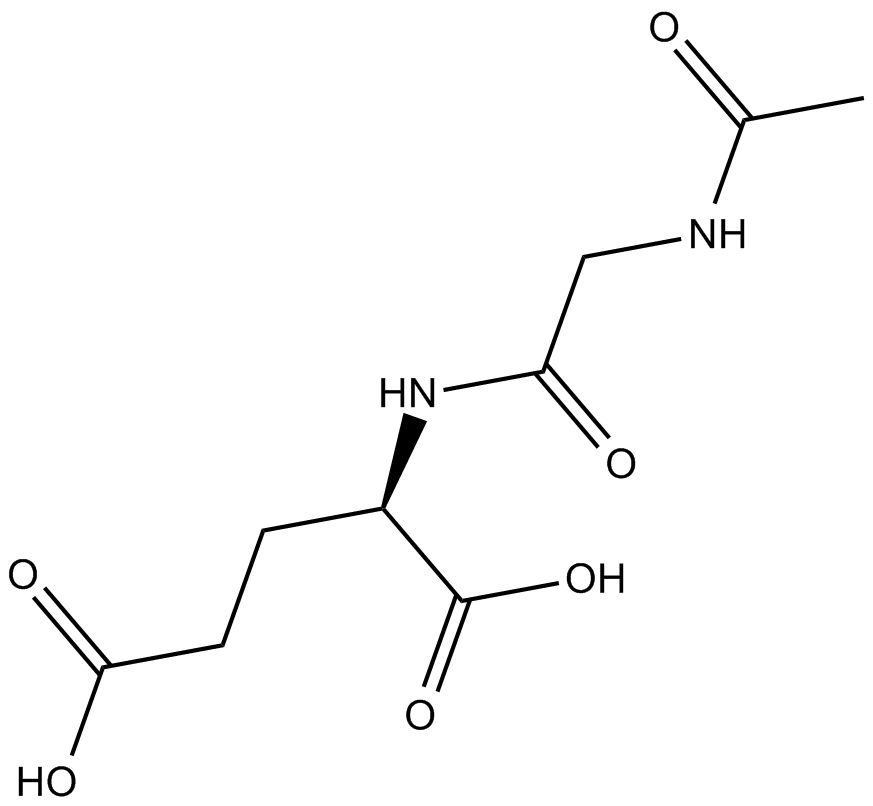 B6290 N-Acetylglycyl-D-glutamic acidSummary: Excitatory peptide that induces seizures
B6290 N-Acetylglycyl-D-glutamic acidSummary: Excitatory peptide that induces seizures -
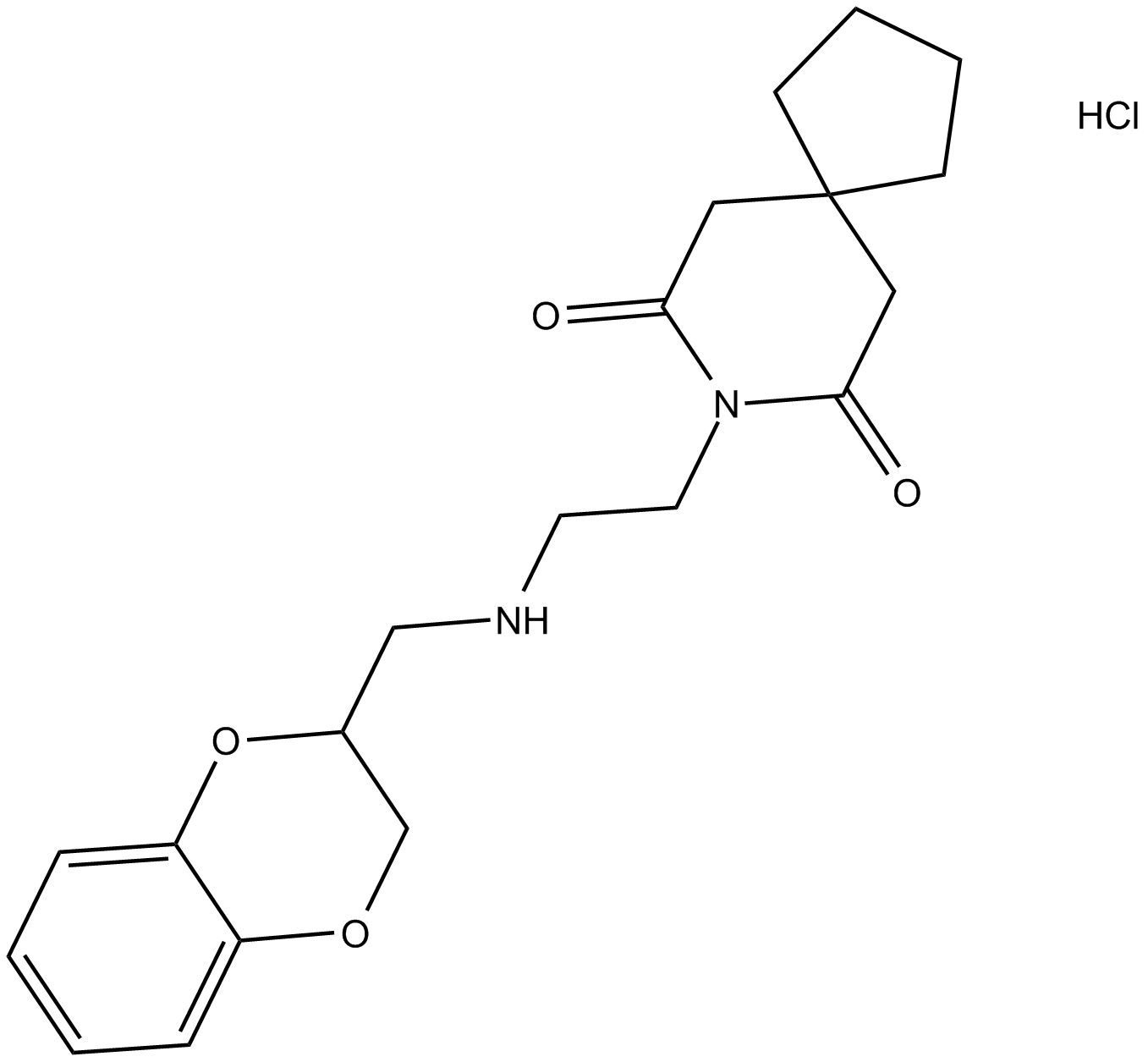 B6292 MDL 73005EF hydrochlorideSummary: 5-HT1A receptor antagonist
B6292 MDL 73005EF hydrochlorideSummary: 5-HT1A receptor antagonist -
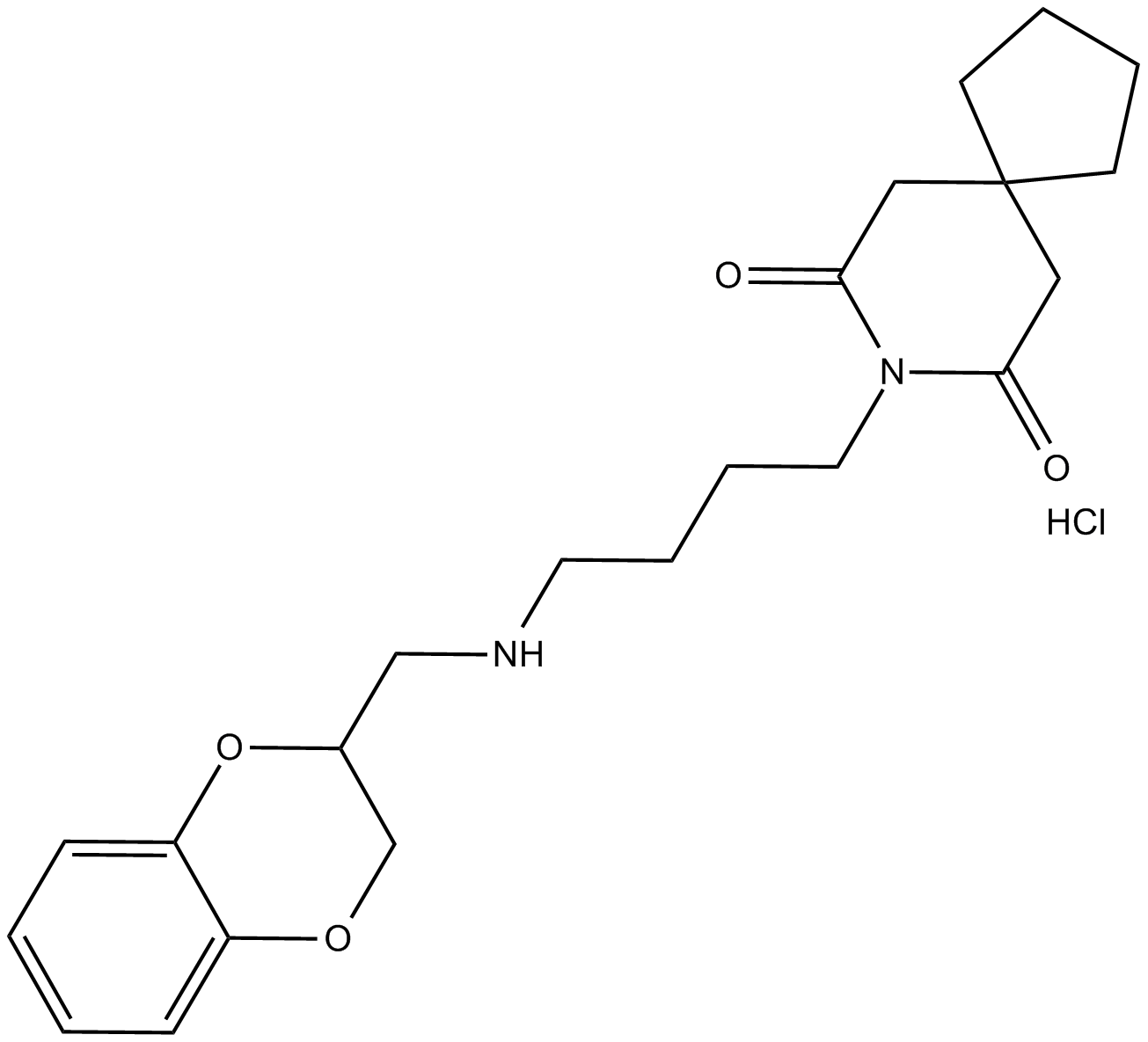 B6293 MDL 72832 hydrochlorideSummary: ligand for 5-HT1A receptor, potent and selective
B6293 MDL 72832 hydrochlorideSummary: ligand for 5-HT1A receptor, potent and selective -
 B6296 GBR 13069 dihydrochlorideSummary: dopamine uptake inhibitor
B6296 GBR 13069 dihydrochlorideSummary: dopamine uptake inhibitor -
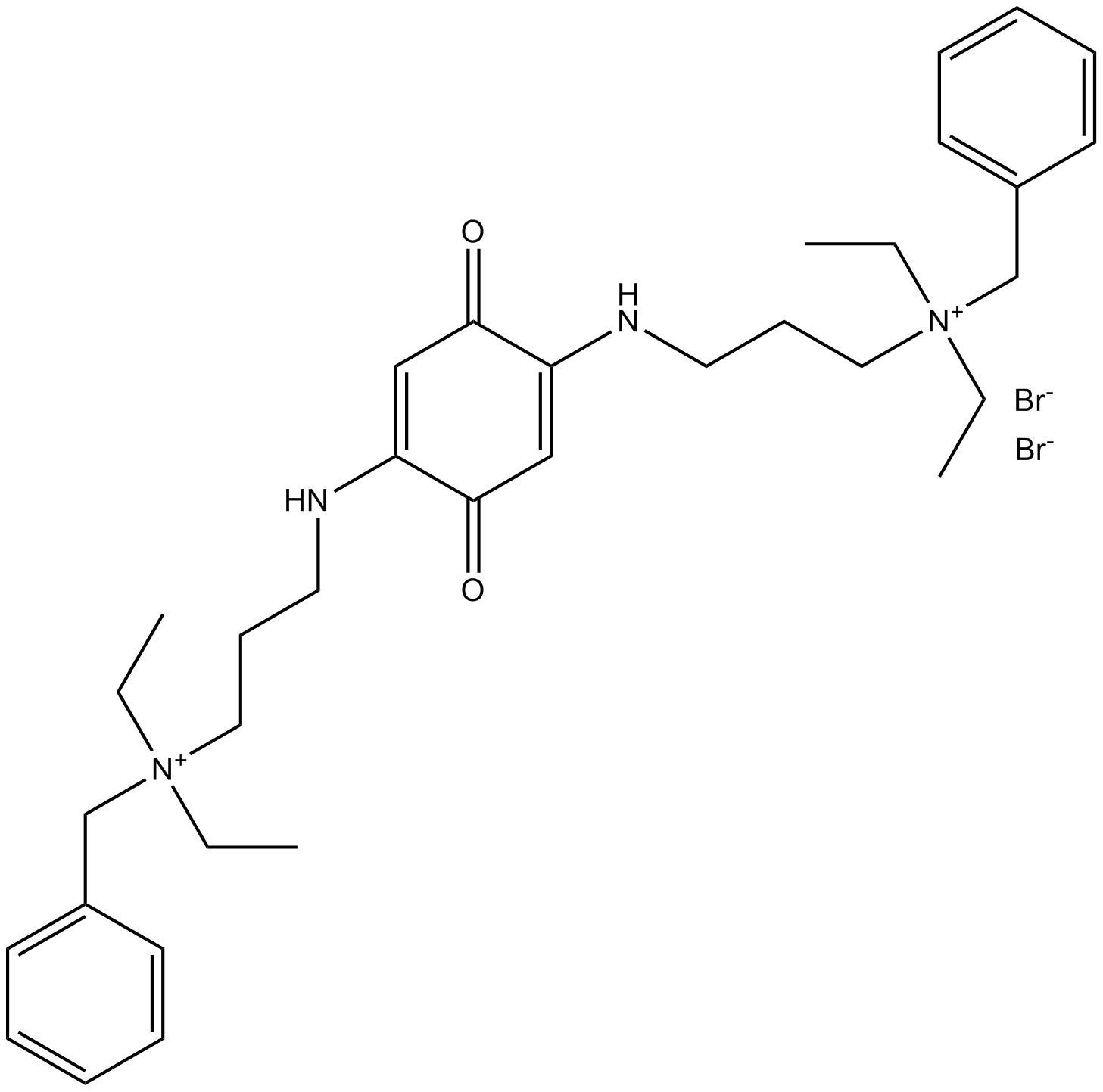 B6297 Benzoquinonium dibromideSummary: inhibitor of AChR and ganglion
B6297 Benzoquinonium dibromideSummary: inhibitor of AChR and ganglion -
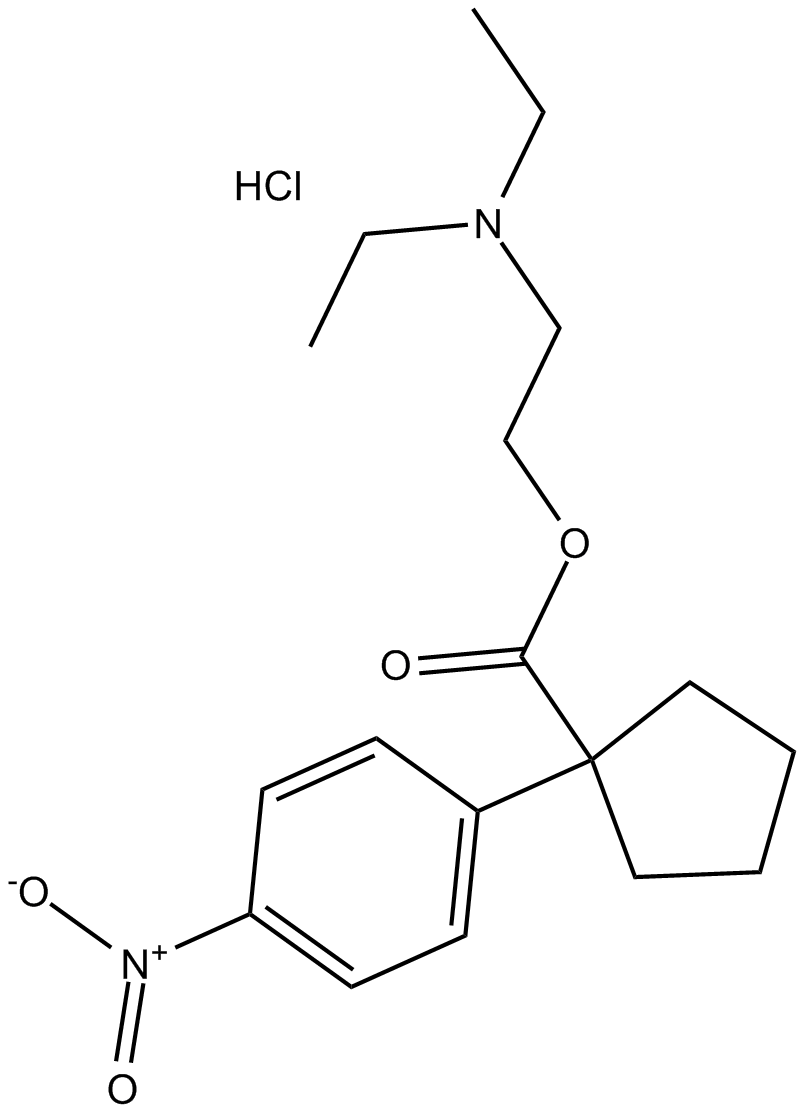 B6311 Nitrocaramiphen hydrochlorideSummary: M1 muscarinic antagonist
B6311 Nitrocaramiphen hydrochlorideSummary: M1 muscarinic antagonist -
 B6332 GBR 12783 dihydrochlorideSummary: dopamine uptake inhibitor
B6332 GBR 12783 dihydrochlorideSummary: dopamine uptake inhibitor -
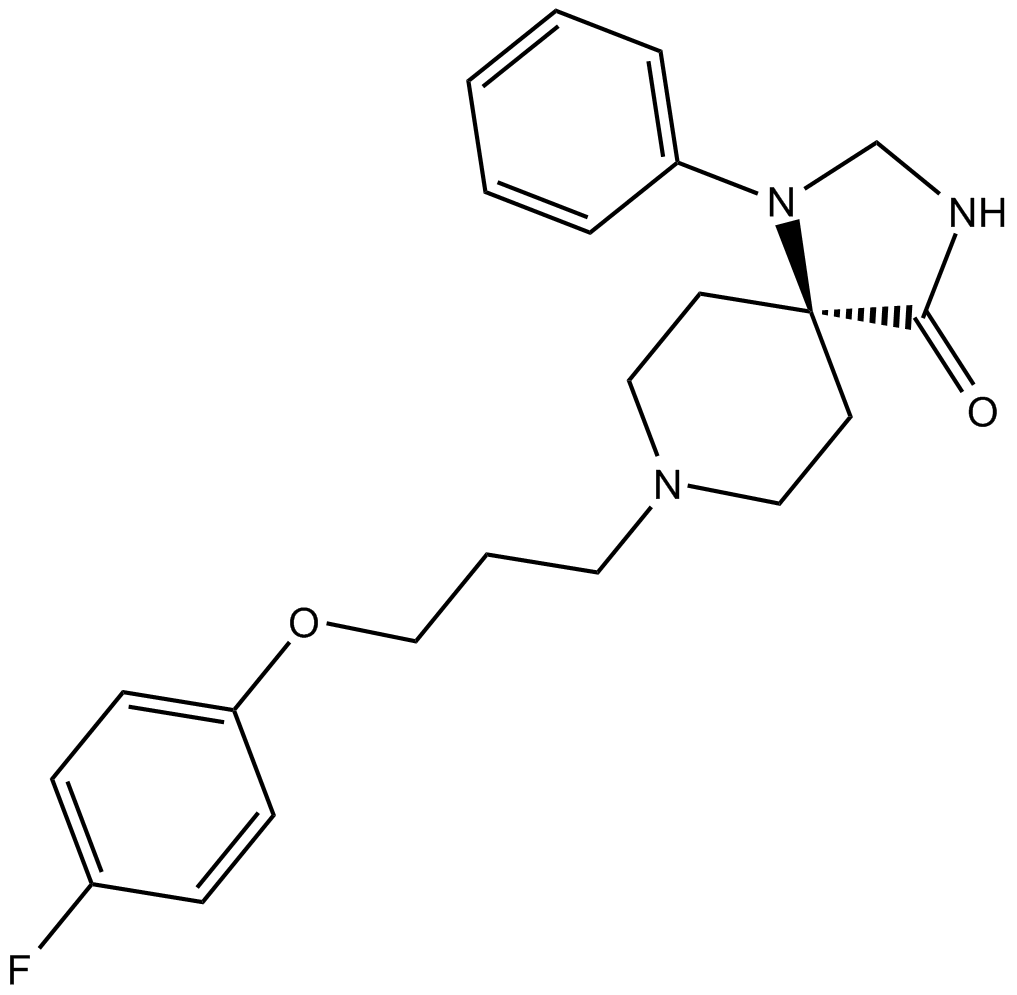 B6335 AMI-193Summary: 5-HT/D2DR receptor antagonist
B6335 AMI-193Summary: 5-HT/D2DR receptor antagonist

